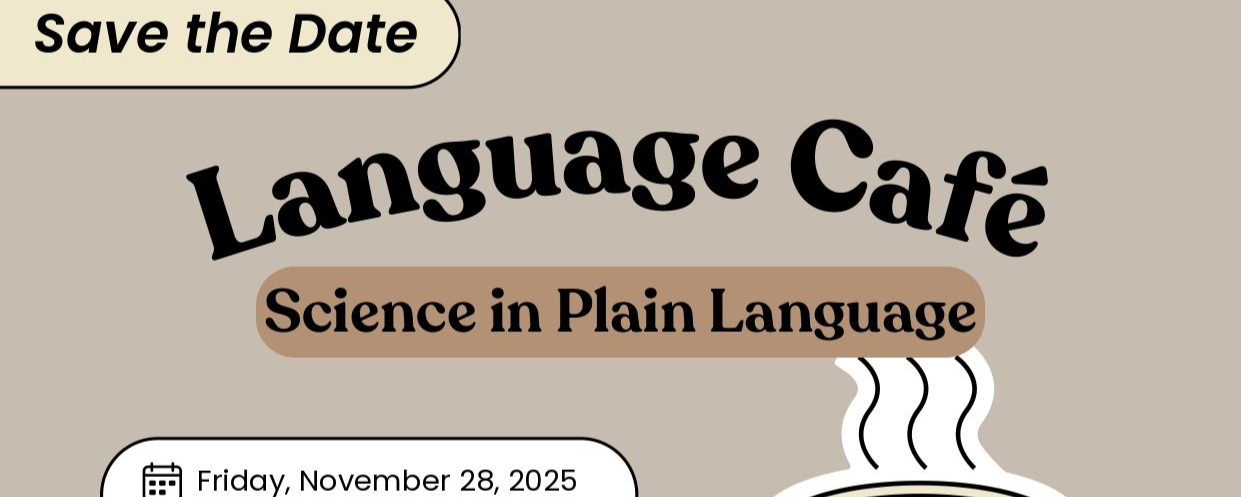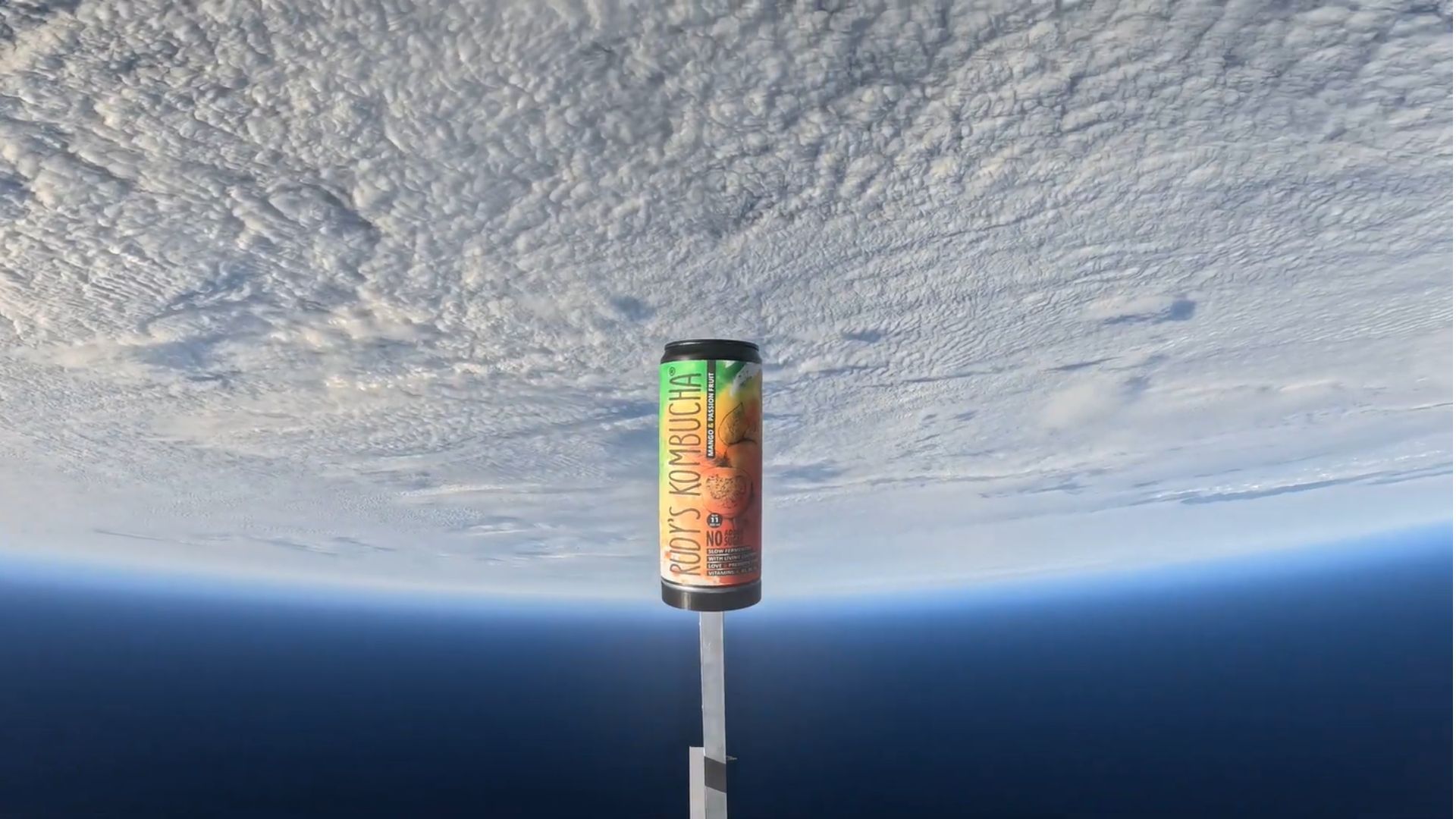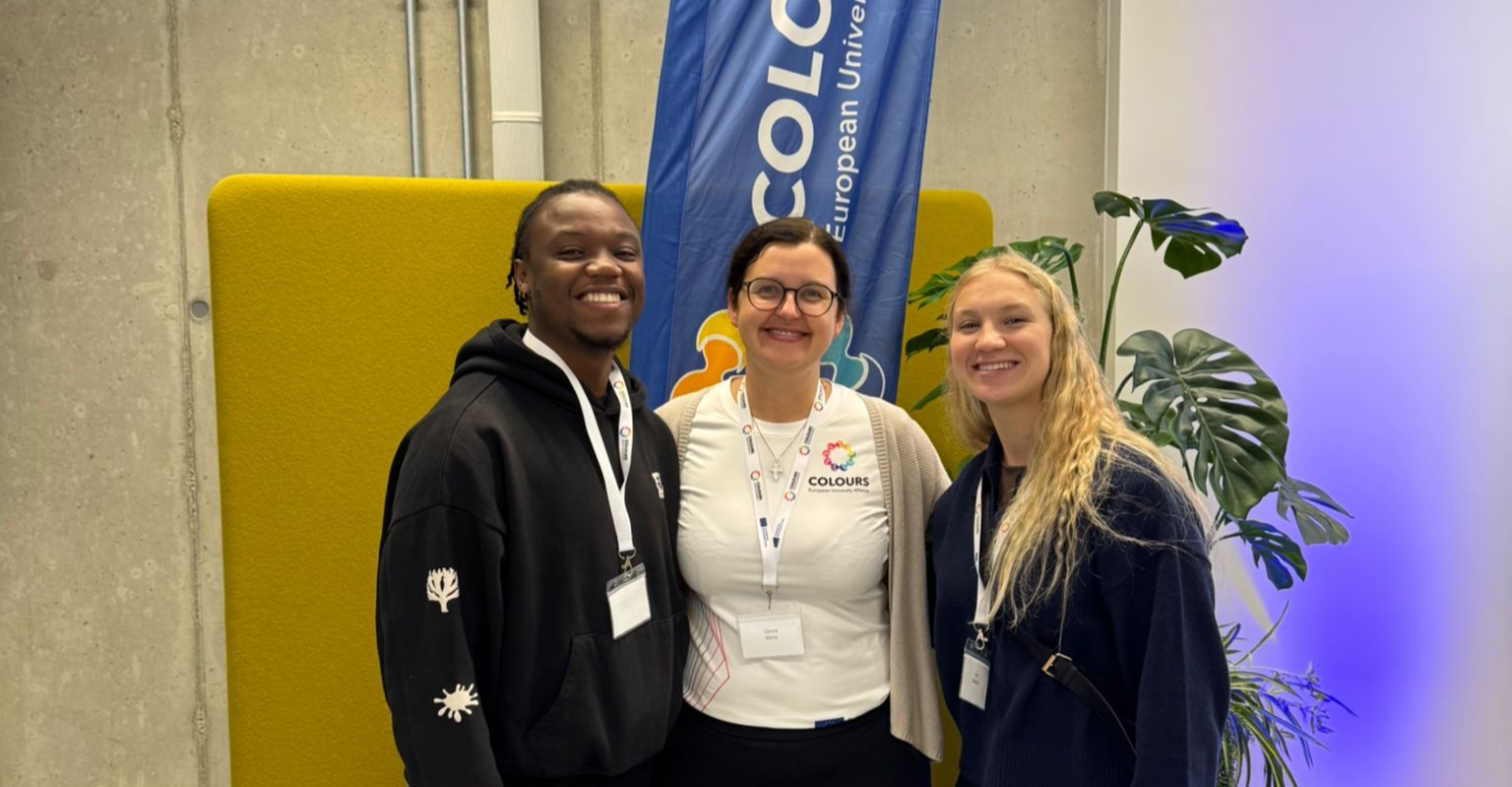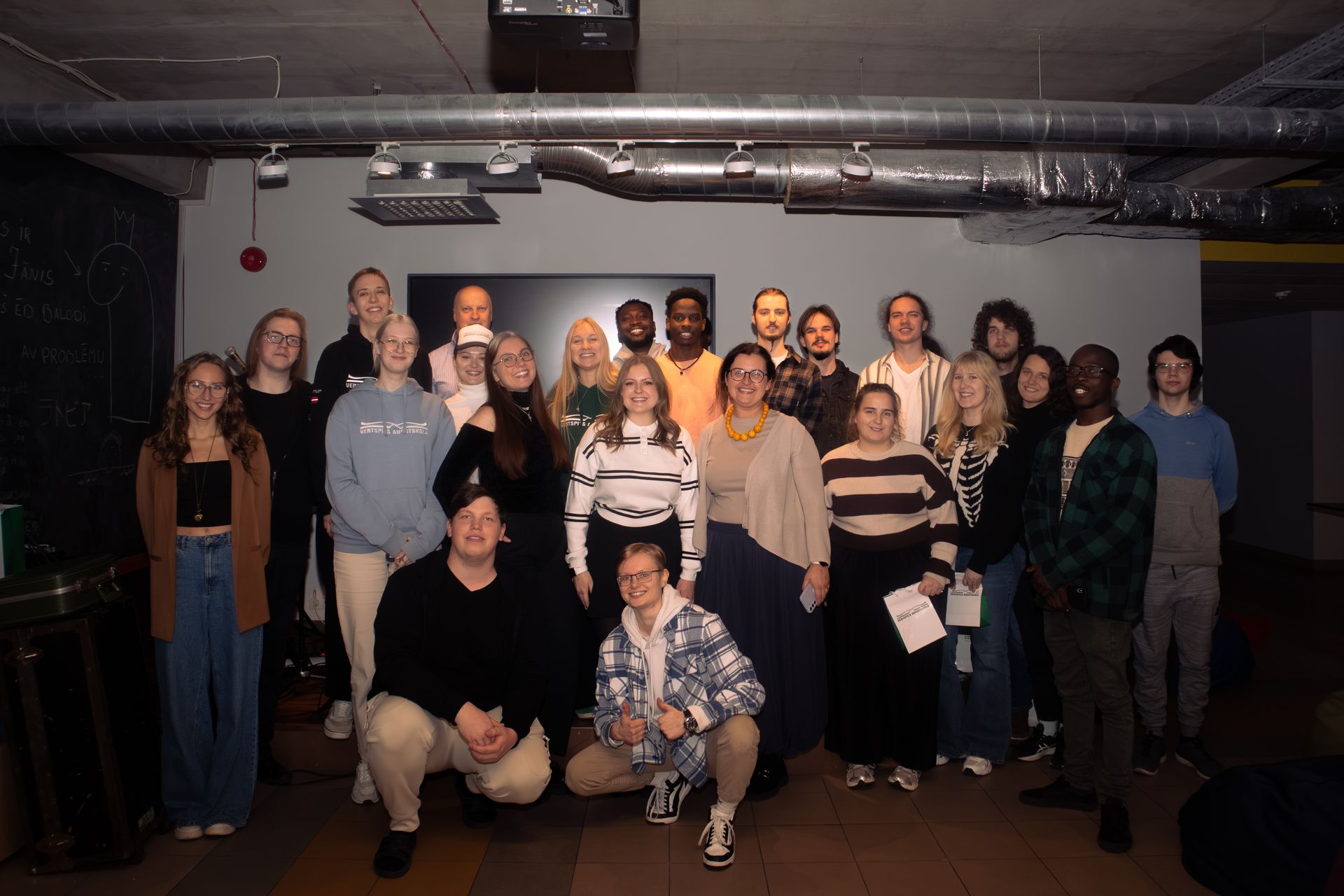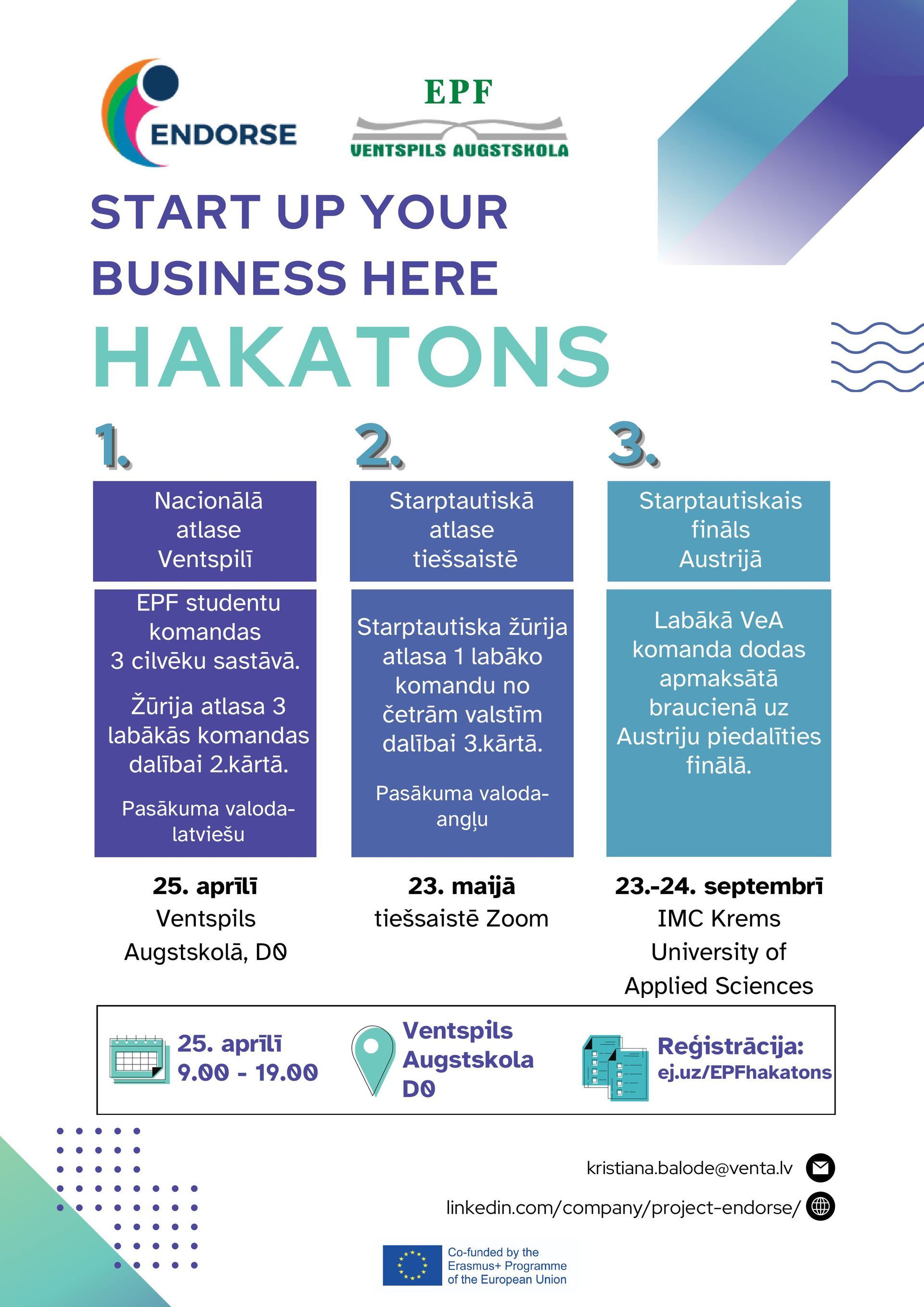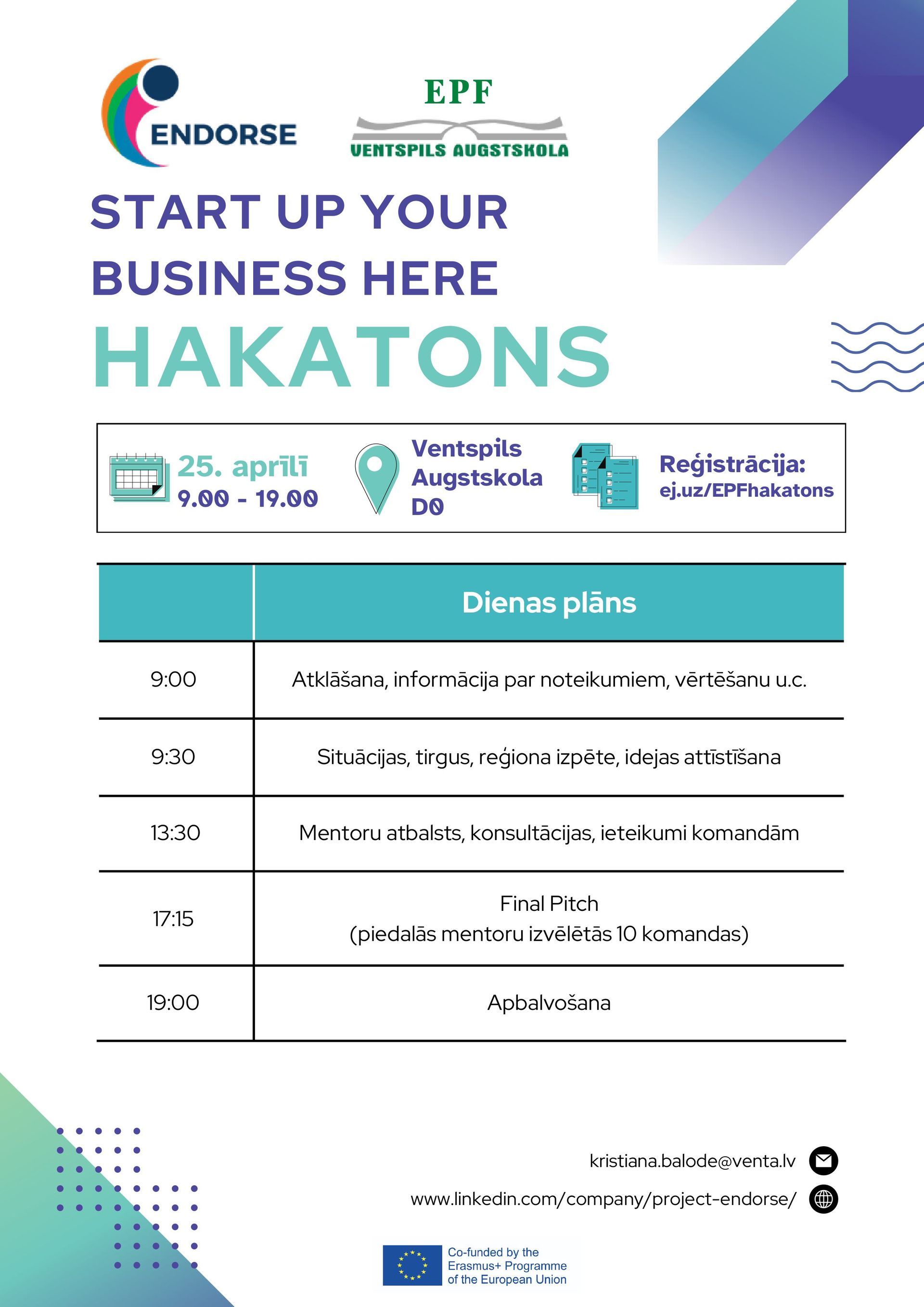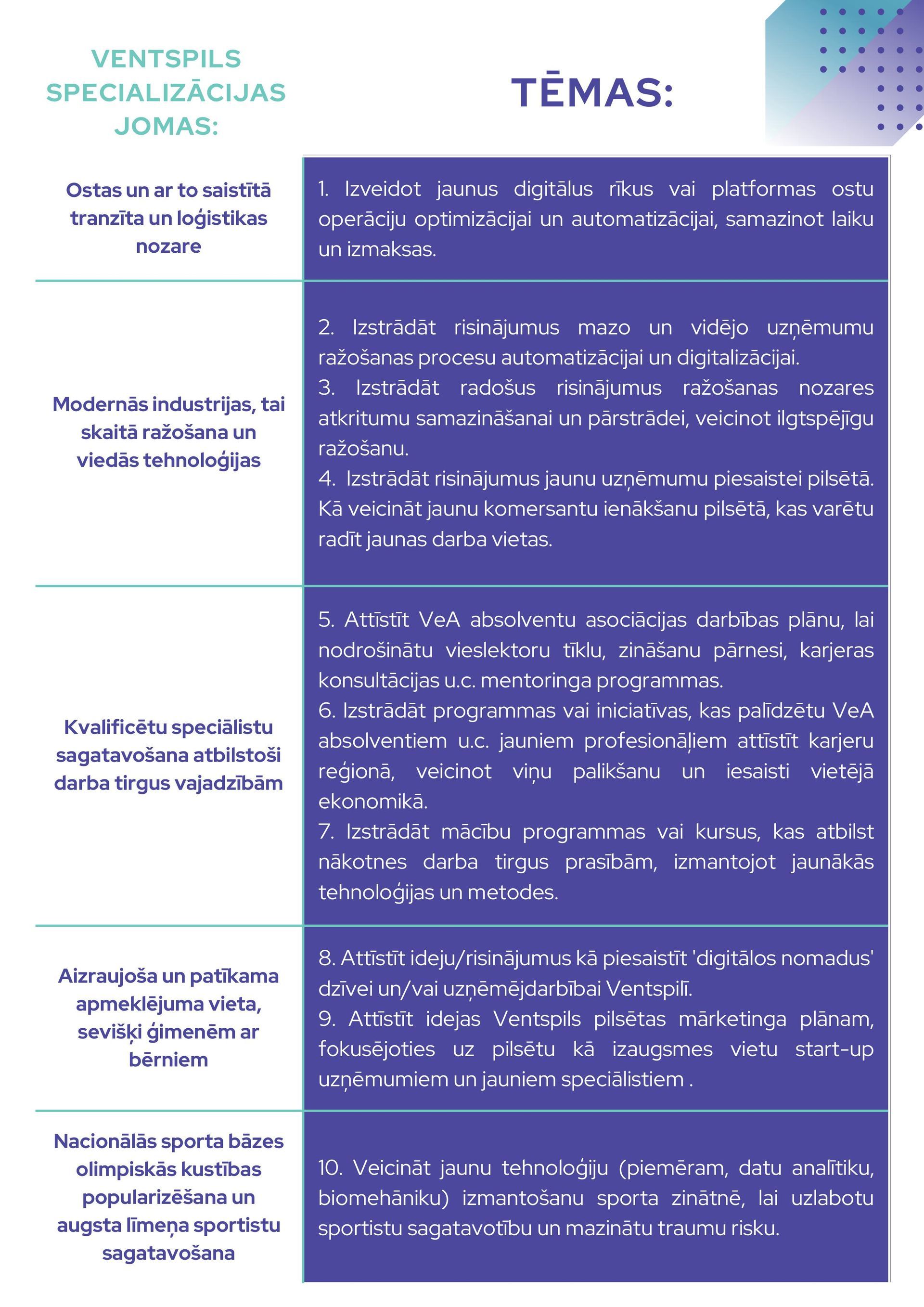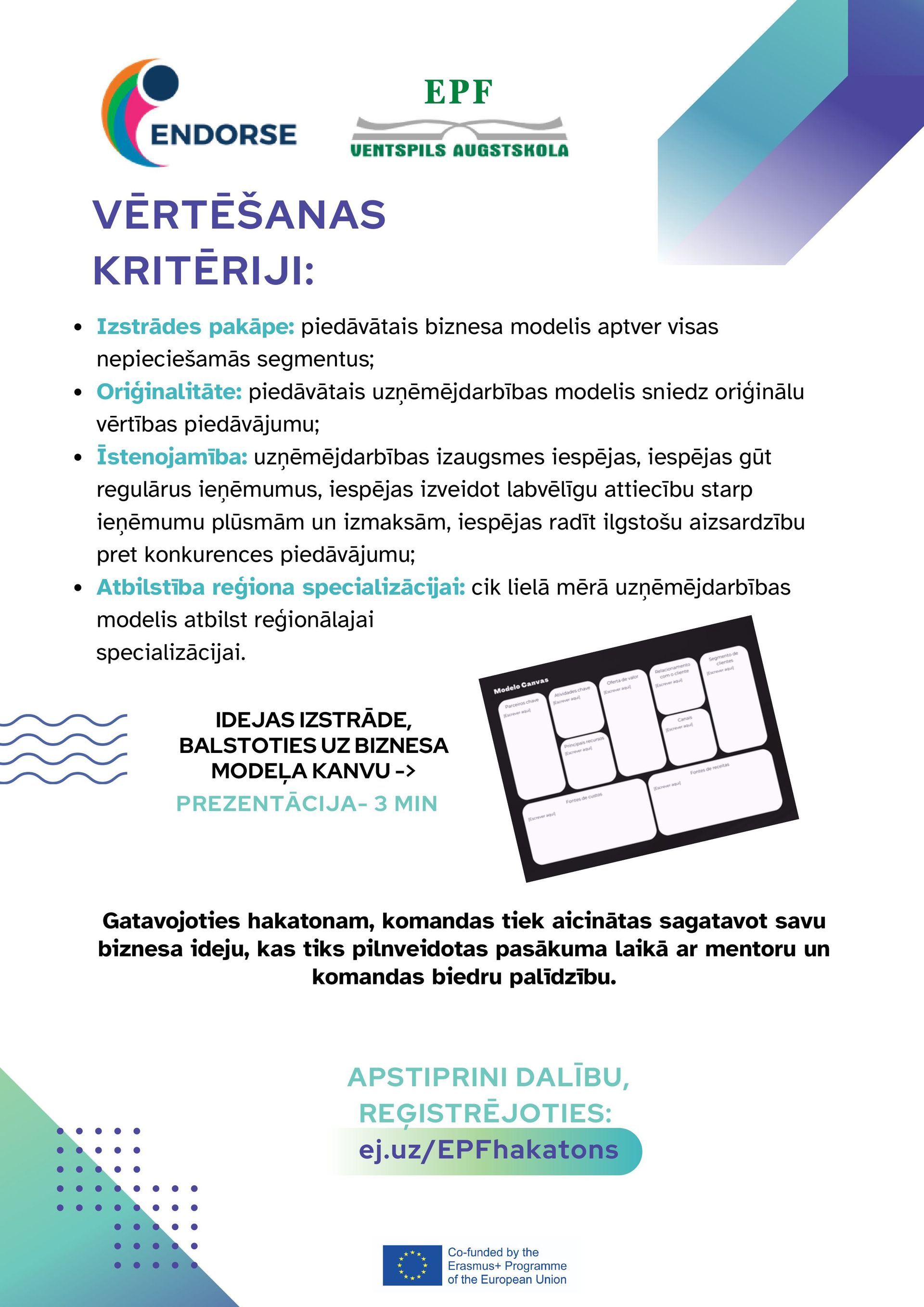Business Idea Hackathon "Start Up Your Business Here"
On April 25, students from the Faculty of Economics and Management (EPF) at Ventspils University of Applied Sciences will experience a unique study day, as first- to third-year students will learn together by participating in the business idea hackathon "Start Up Your Business Here."
The hackathon is organized as part of the Erasmus+ project “Enhancing Development of Entrepreneurial Strategies at University Locations Affected by Brain Drain” (ENDORSE), which focuses on researching university regions and developing solutions to reduce graduate migration. During the hackathon, VeA EPF students will generate business ideas and seek solutions for one of the 10 proposed topics derived from the specialization areas of the Ventspils region.
Similar one-day hackathons will also take place at project partner universities in Sweden, Poland, and Austria. In each country, the top three teams will be selected to participate in an international online presentation session, where the winning team from each country will be determined. The main prize is a trip to the hackathon final in Austria at the IMC University of Applied Sciences Krems.
EPF students will need to develop their ideas within a short timeframe. To support them, various mentors from EPF faculty, representatives of Ventspils businesses, and investors will assist in refining their ideas to make them as viable and impactful as possible.
At 5:15 PM, in room D0, the idea presentations will begin for the jury and attendees.
All interested parties are warmly invited to join!
Share on other platforms
Other news
